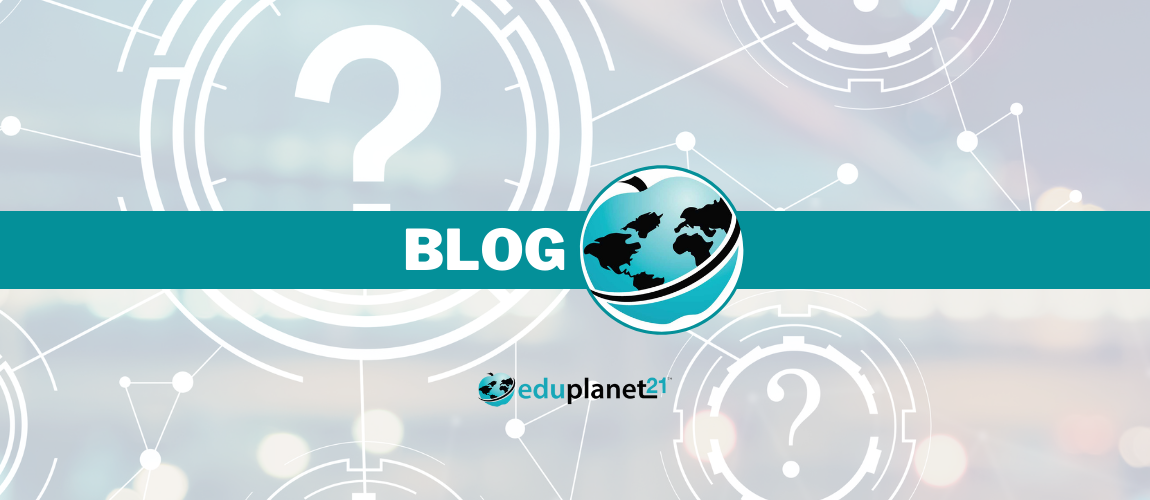“In a world that’s changing rapidly and information is growing daily, helping kids understand how to find information, how to critically appraise it, and especially how to apply it to new situations, which they will face in school and in lives, matters most.”
We live in an era where nearly everyone has immediate access to the answers to almost any question imaginable; literally, we carry supercomputers in our back pocket. Spending valuable class time focusing on teaching students facts doesn’t make sense in this context: thanks to voice search, even the very youngest students are capable of Googling these on their own at will.
In fact, a focus on facts can obscure whether a student is actually learning. If testing and other assessment methods are based in the regurgitation of facts, then someone who excels in test-taking and memorization will appear to have a firm grasp of a given subject. When asked questions that probe more deeply, however, or if prompted to explain the subject matter further, they are often unable to do so, illustrating a divide between knowledge and understanding.
Within the Understanding by Design framework, these probing questions which deepen and develop student understanding are identified as Essential Questions (EQs). During a podcast interview at the ASCD Empower 18 Conference, Jay McTighe likens essential questions to a doorway:
“By opening the door, by exploring one or more essential questions, we’re opening the door to student understanding, we’re sparking their thinking, they’re getting them to think more broadly about ideas, but it really is a means to an end. One of the mantras that Grant Wiggins and I like to propose is that understanding must be earned. Understanding must be earned in the mind of the learner. You can’t just give a student an understanding of a big, abstract idea. Example: correlation does not ensure causality. You can say that, but very few young people, at least, are going to immediately apprehend what that means, deeply. But if you use a question: how are things that may be related connected? Does one cause another? In other words, could you have correlation without causality? That question opens the door to exploring an important idea of things may be correlated, but that doesn’t mean one causes another. So, if you think about understanding must be earned, understanding is meaning made in the mind of the learner, the essential question served as a doorway to challenge their thinking, to get them thinking about ideas, to listen to other points of view.”
Elements of essential questions
What makes for a good essential question? Jay lists these vital characteristics:
An essential question is open ended. Unlike fact questions, which are binary — you either know the right answer or you don’t — there is no single correct answer.
An essential question is thought provoking. It should elicit new thoughts and generate more questions that extend thinking.
Essential questions can, and should, recur. A fact question can be asked and answered and done with, but essential questions should stick in the learner’s head and be revisited again and again.
Within any one subject area or discipline, there are two strands operating:
- A content strand, which includes facts, concepts and principles;
- And a process strand, which includes the skills and processes of the discipline.
According to Jay, we can and should have essential questions that relate to both strands. Some examples:
Content-oriented essential questions
Geography: How does where you live influence how you live? Why and how should we identify geographic regions and how do we define those?
Mathematics: What makes an effective mathematical model and what are the limits of mathematical or statistical modeling?
English/language arts: Teachers may create essential questions based on the themes they are reading. What makes a true friend? How do we decide between acceptance and what we think is right?
Process-oriented essential questions
History: How do we know what to believe about a historical claim? Just because it’s in a history book or on Wikipedia or in an editorial, how do we know that’s true, complete, or unbiased?
Mathematics: What do effective problem solvers do when they get stuck?
English/language arts: What makes a book worth reading? What makes a great book? Who is my audience and what’s my purpose as a writer? How do I read between the lines?
Over the course of a year and across grades, essential questions should be used in both tracks. These are, overall, questions that can be used with first graders and students in high school alike; they open the door to strategies, reasoning, and perseverance, helping students to become good problem solvers.
For help developing these essential questions, Jay has partnered with Eduplanet21 to offer the only licensed UbD software. In the the UbD-3 : Stage 1 Learning Path, you examine the role of essential questions, identify key characteristics, and development strategies. Use the Unit Planner to create your essential questions, and then align each performance task and learning activity to the applicable EQs.
 Login
Login
